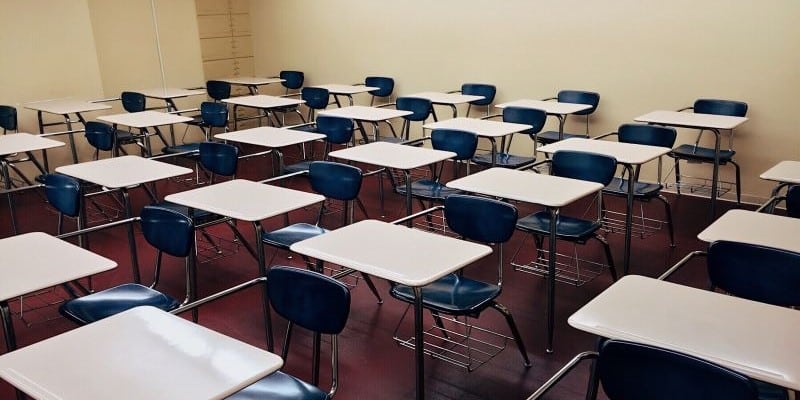Removed from the habit of traditional schooling, increasing numbers of families are opting for alternative forms of education for their children. The flight from public school districts that started while schools were closed isn’t reversing course.
That’s the conclusion of newly released research by Tyton Partners, an education consultancy. The research shows that districts’ declining enrollments are not abating. For districts to alter the trend, they must innovate and better serve parents.
Tyton’s report, “School Disrupted,” estimates a 9% nationwide decrease in district public school enrollment between spring 2021 and spring 2022—a time when most schools had reopened after a period of remote instruction.
Less than 10% of the decrease is because of declining demographics, delayed entry into school by kindergarteners, or dropout rates. The majority are exiting to enroll in some combination of charter, private, or homeschools.
A range of factors is driving the switching. According to the survey, parents’ primary reasons for changing schools were doubts about academic quality and concerns about safety, mostly related to bullying or gun violence.
My book From Reopen to Reinvent describes four umbrella reasons for parents to switch schools. It suggests that the majority are doing so for two sets of reasons: to help their child overcome an obstacle or to follow their academic plan for their child.
Parents said they were dissatisfied with districts’ lack of personalized learning experiences. They want smaller class sizes, multiple learning sites, and flexible scheduling. Many now feel empowered to find alternatives.
What’s clear is that when traditional schools closed, families shed the habit of enrolling in them. That reduced the friction holding many parents back from pursuing options to better meet the progress they desire for their children.
Media narratives notwithstanding, the survey discloses that parents’ political beliefs had little impact on their reasons for changing their child’s school. Being part of a like-minded community, in other words, isn’t driving much of the changes.
To bring students back into the fold, districts will need to shed their one-size-fits-all mindset. That means they will have to design new schools that better personalize learning and create options for parents with different priorities.
The good news for districts is that they can do this work. And escaping their traditional one-size-fits-all models can help them escape the clashes between parents who desire everything from different start times to different curricula.
Edgecombe County Public Schools introduced a “Spoke and Hub” model in which students do some learning in a traditional classroom but also go off-site during school hours to engage with interest-based groups, receive tutoring, or intern.
Although some districts may believe that the flight may eventually abate, Tyton’s survey suggests that more information sharing around alternative school models makes parents significantly more likely to enroll their children in schools employing them.
Seventy percent of parents from all walks of life are interested in exploring other in- and out-of school educational options, according to Tyton’s research. But children from underserved backgrounds are nearly two times less likely to participate in out-of-school learning programs.
With the rise of education entrepreneurs creating a range of schooling options and states increasingly introducing policies to allow all families to be able to afford these alternatives, districts are on notice.
Tyton’s report lays bare the growing desire among parents for student-centered learning experiences. If districts don’t build a portfolio of options to meet the demand, parents will flock to those that do.
This piece was originally published in The Sun here.



